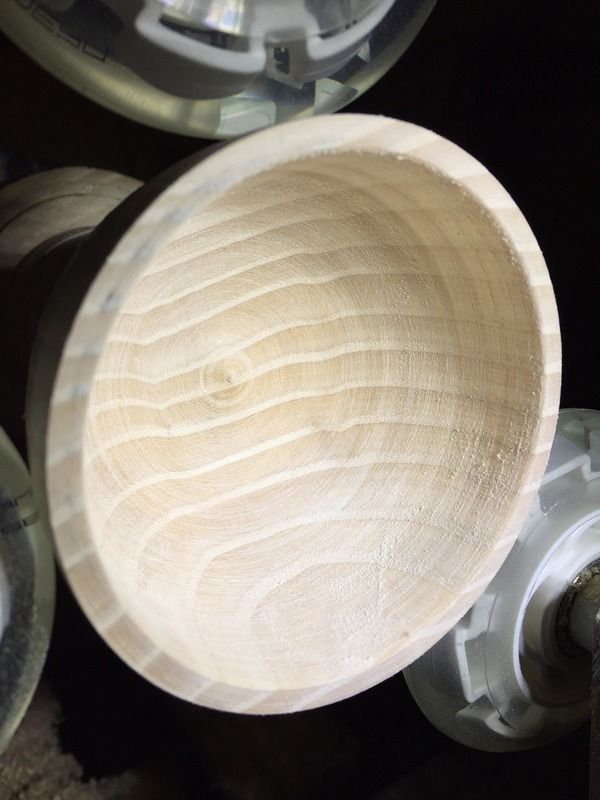My son is getting married next May. I want to make a wedding goblet for my son and his bride to be. I'm practicing on a piece of ash. I've about got the inside hollowed out but I don't know how to get rid of the nib in the bottom. I've done several bowls in the past but this thing is small (3" dia.) and can't find the right tool yet.
Any help appreciated.
Thanks,
Mike





 Reply With Quote
Reply With Quote





